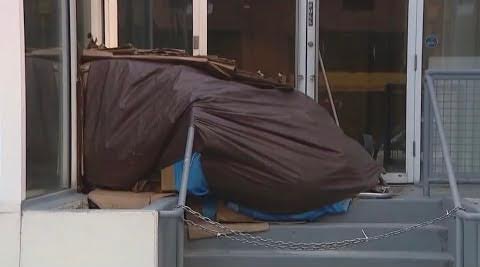
In recent years, fare evasion on New York City buses has been incredibly frequent. This summer, the New York Times reported that one out of every two passengers board the bus without paying. Within the first three months of 2024, about 48% of riders skipped out on their dues, which were hiked last year to $2.90.
Numbers are a lot less staggering on the subway, where fare evasion rates are at 14% as of 2024.
One reason can be because subway service is much faster than hopping on a bus, which makes paying the fare a lot more appealing. Riders feel they are getting more for their penny.
According to amNewYork, NYC buses are the slowest in the nation, with customers complaining of long wait times and jam-packed traffic.
Buses are supposed to run every 10 to 15 minutes during weekdays, however, they often don’t.
During a trip from Flushing to Astoria at around 5 p.m. on a weekday, the Q66 took approximately 40 minutes to arrive at the Main St./Roosevelt Ave. station, where about 50 people were waiting at the bus stop.
A car ride from the same departure to the arrival destination takes less than 20 minutes compared with nearly one hour on the bus.
Even bus lanes, which are described by city agencies as “lanes [that] keep buses from getting stuck in traffic, making travel for bus riders fast and reliable and improving the overall traffic flow of a corridor,” fail to deliver the promise of fast service.
Bus lanes are available throughout many routes but bus operators often don’t use them, as they need to make way for other drivers making turns that often interfere with bus lanes on either side of the road.
Within the past few months, the MTA began screening a “fare required” message on the destination sign of many buses. Most riders already know that they need to pay the standard fee to ride a bus. This is a lazy solution. And the intimidation of city authorities, like the police department, is even worse.
Instead, they should tackle the root of the problem: a lack of timeliness.
Rather than blaming riders, who should not have to spend an extensive amount of time in their day on what would otherwise be a relatively short commute, the MTA should put more buses on the road and hire more operators.
New York City’s lifeline is public transportation, which attracts thousands of residents, students and workers every year. If the public isn’t paying for the service, then the service is not worth paying for.










Victor Amador • Oct 30, 2024 at 11:07 pm
It is a lack of respect and disregard for the rule of law to not pay your fare. If you can’t pay for something, don’t use it.